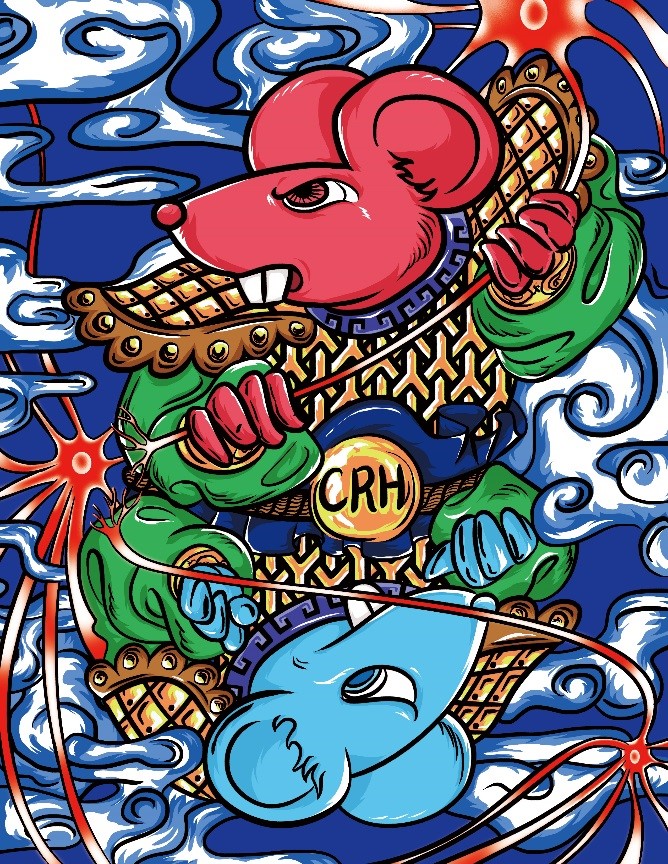
In response to stressors, individuals exhibit different coping styles, each characterized by a set of behavioural, physiological, and psychological responses. The active behavioural style refers to efforts to blunt the impact of stressors and is related to resilience to stress, whereas the passive behavioural style refers to efforts to avoid confronting stressors and is associated with vulnerability to psychopathology. This is a well-known scientific question, shortly called the "fight or flight". However, the biological basis of the brain has not been fully understood.
Recently, the research team led by Prof. ZHOU Jianging from University of Science and Technology of China (USTC) of Chinese Academy of Science (CAS) found that prefrontal corticotropin-releasing factor (CRF) neurons are recruited during behavioural challenges, and manipulation of CRF neurons motivates the selection of behavioural styles under challenges. They also demonstrated that activation of CRF neurons promotes persistent stress-resistant behaviours. The study was published in Neuron.
By using calcium imaging in vivo and cell-specific targeted viral-mediated gain- or loss-of-function tools, such as pharmacogenetic designer receptors exclusively activated by designer drugs (DREADD) approaches, the researchers investigated how mPFC CRF neurons regulate behavioural style selection during various stress in CRF transgenic mice.
The results showed that genetic ablation or chemogenetic inhibition of dorsal mPFC (dmPFC) CRF neurons increased immobility under the tail-suspension and forced-swimming challenges and induced social avoidance behaviour, whereas activation had the opposite effect on the same measures.
Furthermore, they found that increasing CRF neuronal activity promoted durable resilience to repeated social defeat stress.
These results uncover a critical role of mPFC CRF interneurons in bidirectionally controlling motivated behavioural style selection under stress. This study may point to novel therapeutic targets such as neural circuit modulation for treatment of major depression and post-traumatic stress disorder.

This figure shows a kind of Janus image consistent with the behavioural representation of the mice in the experiment. In the picture, the red mouse that holds a sword (CRF neuron) is strong, while the blue mouse that does not touch the sword (CRF neuron) is fearful. (Image by WANG Jing, CHEN Xiaodong and XU Qizhi)

86-10-68597521 (day)
86-10-68597289 (night)

52 Sanlihe Rd., Xicheng District,
Beijing, China (100864)

